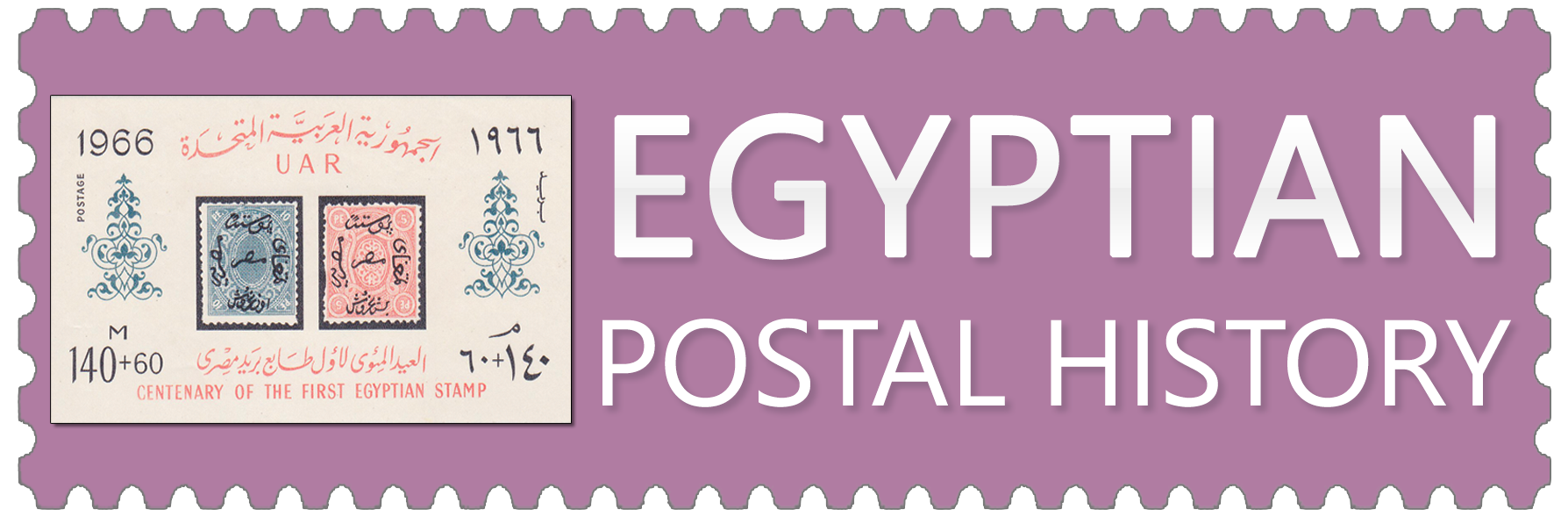Mansoura is a city and the capital of Dakahlia governorate. It is located 120 kilometers northeast of Cairo. It was founded by King Muhammad ibn El-Malek El-Adel Abu Bakr ibn Ayoub in 1219. It was originally called Flower Island because it was surrounded by water on three sides and contained the largest flower gardens in Egypt. It was named Mansoura after the victory of the Egyptians over the seventh crusade campaign.
The name, Mansoura, means victory. King Muhammad stayed there until he had restored control over Damietta. After that, Mansoura became a large city containing many mosques and markets. Ashmon Tanah, known today as Ashmon El-Roman, was a base in the governorate of Dakahlia and was the government’s headquarters until the last days of the Mamluk era. When the Ottomans seized control of Egypt, they considered Ashmon El-Roman to be too decayed and therefore unsuitable as a residence for its civil servants. Sulaiman El-Khadem therefore decided to move the government headquarters from Ashmon El-Roman to Mansoura because it was located in the middle of the governorate, and on the Nile. Mansoura thus became the capital of Dakahlia governorate and the headquarters of the new Ottoman government. The first map of Mansoura city appeared in 1887.
The house of Ibn Luqman is located beside El-Mawafi Mosque in the middle of Mansoura city. It gained fame after Louis IX, king of France and leader of the seventh crusade campaign, was detained there for a month. He was released on 7 May 1250. A history museum was constructed inside Ibn Luqman’s house that contains many paintings and images showing the role of the Egyptians in defeating the crusaders. Some items of clothing and weapons used in the battle are also on display there. El-Mawafi Mosque is one of the most famous mosques in Mansoura. It was constructed by King Najm El-Dīn Ayoub in 583 AH of the Islamic calendar. It was a small mosque until Sheikh Abd-Allah El-Mawafi visited it; after his visit it was named after him and became a religious institute in which lectures were given by religious scholars of the Delta. This mosque was, unfortunately, destroyed but a modern mosque has been built in its place. El-Mahmoudiya Mosque is the oldest mosque in Mansoura, built by King Najm in 616 AH. It contained a rest place for the Mamluks and is described as an architectural masterpiece. It is located on El-Malek El-Saleh Street in Mansoura.
El-Naggar Mosque is located at the merchants’ market and was built in 566 AH. Its original structure, with wooden ceiling and leaning minaret, which resembles the Leaning Tower of Pisa, is still intact. Sidi Halah Mosque is located on Sidi Halah Street and was constructed in 711 AH during the Mamluk era. Its original structure is still intact. Sidi Sa'ad Mosque is located in Mīt Hadar district and was constructed in 611 AH. Although many restorations have been made to its original structure, it still preserves some of its old features. El-Hawar Mosque is located in El-Hawar district, the oldest district in Mansoura. This mosque was constructed in 613 AH. Sheikh Idris El-Henawy Mosque is one of the greatest mosques in Mansoura and was constructed in 577 AH.













